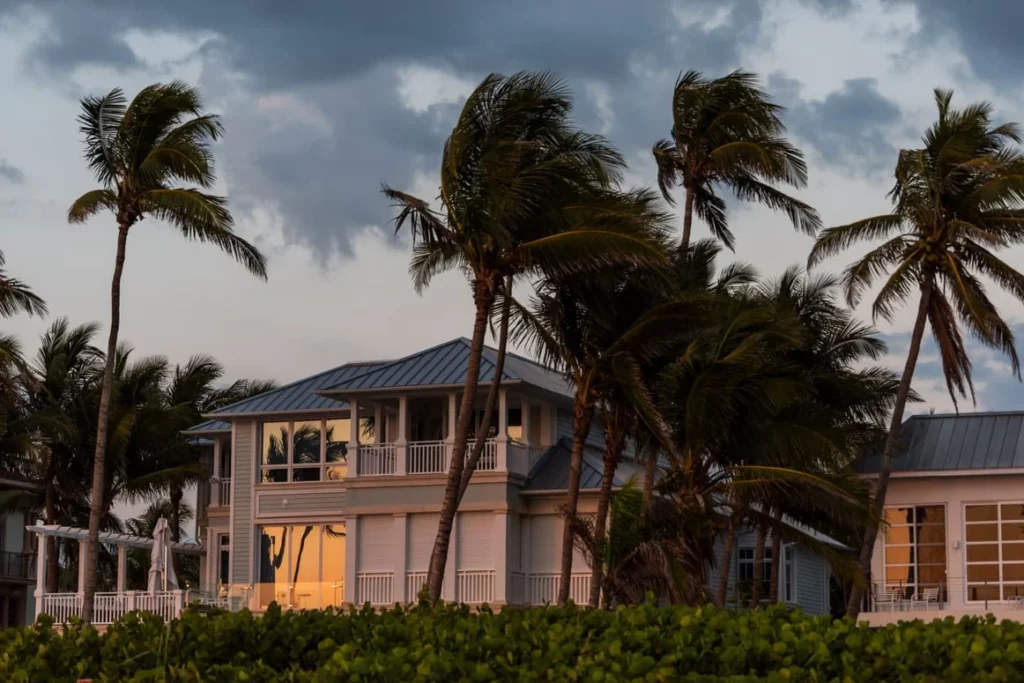Florida, the Sunshine State, is known for its pristine beaches, vibrant cities, and enchanting landscapes. However, nestled within its breathtaking beauty lies a formidable annual challenge: hurricane season. Every year, from June to November, Floridians brace themselves for the potential impact of these powerful tropical cyclones. In this blog, we will delve into the realities of Florida’s hurricane season, its preparation strategies, and the indomitable spirit of its residents in the face of nature’s fury.
Understanding Hurricane Season in Florida:
Florida’s unique geographic location makes it particularly susceptible to hurricanes. Surrounded by the warm waters of the Atlantic Ocean and the Gulf of Mexico, the state becomes a magnet for tropical storms and hurricanes. The official hurricane season runs from June 1st to November 30th, with peak activity typically occurring from August to October. During this time, residents remain vigilant, closely monitoring weather reports and heeding the guidance of meteorologists and local authorities.
Preparation and Planning:
Living in a hurricane-prone region demands preparedness and a well-thought-out plan. Floridians are no strangers to the importance of early preparation, as they understand that waiting until the last minute can be a risky gamble. Key aspects of hurricane preparedness include:
Developing an Emergency Kit:
Every household should have a well-stocked emergency kit that includes essential supplies such as non-perishable food items, water, flashlights, batteries, a first aid kit, prescription medications, and important documents and don’t forget to plan for all your pets.
Creating an Evacuation Plan:
It is crucial to have a clear evacuation plan in place, particularly for those residing in flood-prone areas or mobile homes. Understanding evacuation routes and knowing where to seek shelter are vital for ensuring personal safety. Make sure to plan for a pet friendly hotel or shelter so your pets can stay with you.
Securing Property:
Protecting homes and properties is a top priority. Measures such as installing storm shutters, reinforcing doors and windows, trimming trees, and securing loose outdoor objects can help minimize potential damage.
The Impact and Aftermath:
When a hurricane approaches, Floridians experience a range of emotions, from concern to anxiety. As the storm hits, heavy rainfall, strong winds, and storm surges pose significant risks to life and property. The aftermath often entails power outages, flooding, and infrastructure damage. However, Florida’s resilience shines through as communities rally together, aiding one another in recovery efforts. Local, state, and federal agencies work tirelessly to restore essential services and provide aid to those affected.
Community Support and Solidarity:
One of the remarkable aspects of Florida’s hurricane season is the unwavering sense of community support and solidarity that emerges. Neighbors help neighbors, volunteers join forces, and organizations provide assistance to the affected areas. From distributing supplies to clearing debris and offering emotional support, the compassion and unity displayed during these challenging times exemplify the spirit of the Sunshine State.
Florida’s hurricane season is an annual test of resilience and preparedness for its residents. While the arrival of a hurricane brings with it potential danger and devastation, it also highlights the strength, compassion, and determination of Floridians. By staying informed, preparing in advance, and supporting one another, they navigate the stormy waters of hurricane season with unwavering resolve. In the face of adversity, Florida’s communities stand tall, embodying the spirit that defines this remarkable state.
So, the next time hurricane season rolls around, let us remember the strength and unity exemplified by Florida’s residents, proving that even in the face of nature’s fury, hope and resilience will always prevail.




